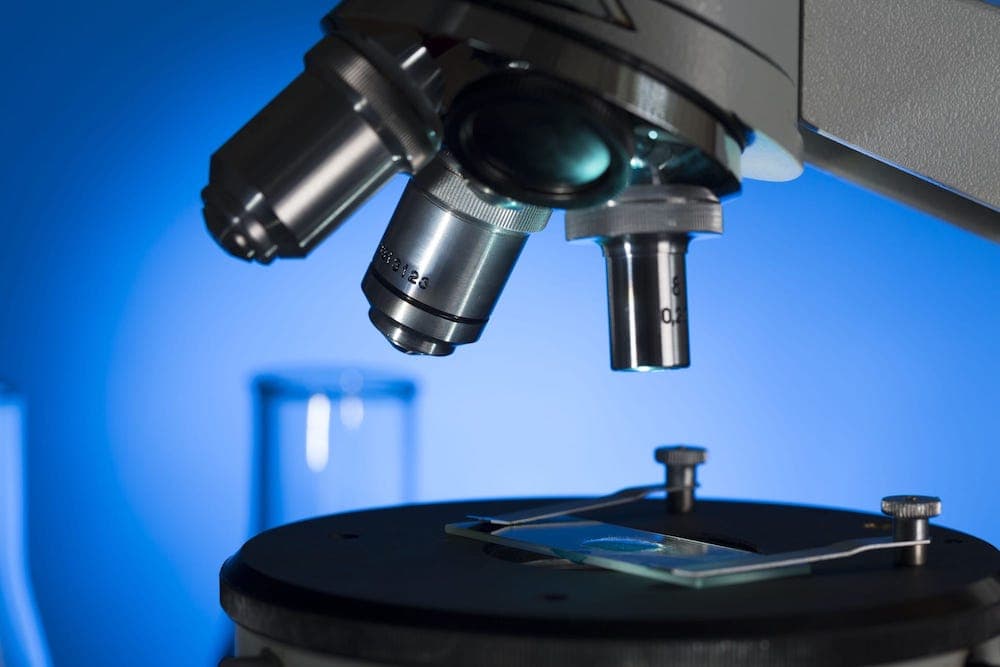Learn : Pet Microbiome
A Glossary of Terms: Microbiology Edition
Reading one of our great articles on the microbiome? Keep this guide on hand as a reference, should you come across any terms with which you’re not familiar.
Diversity
A range of different things and elements. In terms of microbiome, generally refers to species richness and species evenness (both defined below) of bacterial species present.
Dysbiosis
Microbial imbalance or maladaptation. Normally dominating species may be underrepresented; species found in typically low numbers may have increased.
Genus
A taxonomic category that ranks above species and below family. It is denoted by a capitalized Latin name, such as Escherichia.
Microbe
A microscopic organism too small to be seen with the human eye. Usually refers to single-celled organisms such as bacteria, archaea, protozoa, etc.
Microbiome
The genetic material (DNA, RNA) of microbes in a particular environment such as the intestinal tract (gut) or skin.
Microbiota
The microorganisms of a particular site or habitat. An ecological community of symbiotic and pathogenic microbes. Generally includes bacteria, archaea, fungi, and viruses. Previously referred to as “normal flora.”
Phylum
A taxonomic category that ranks above class and below kingdom, such as Proteobacteria.
Sequencing
The process of determining the order of nucleotides within an organism’s genetic material (DNA or RNA). This technique is generally used to identify genes from organisms and determine species categories using the genes for specific types of RNA.
Shannon Diversity Index (SDI)
A measure of diversity within a group. The abundance (richness) and overall representation (evenness) of species factor into the index. Higher numbers indicate greater species diversity -- meaning more species are present at variable levels. Lower numbers indicate less diversity -- meaning fewer species with a select few that may dominate the group.
Short chain fatty acids (SCFAs)
A variety of byproducts formed when gut bacteria digest fiber. They can be used by the host as an energy source, but have many different roles. Examples include butyrate, acetate and formate.
Species
One of the smallest taxonomic rankings, under genus. Species is usually determined by the ability of two organisms to produce fertile offspring. However, since bacteria do not require sexual reproduction species designations are based on observable differences in function and DNA.
Species Richness
The number of different species, based on a raw count, represented in a community. For example, 2 dogs and 1 cat in a group would have a species richness of 2. This metric is used in conjunction with species evenness to measure the overall diversity of a population.
Species Evenness
How evenly represented various species are within in a community. For example, a group with 5 dogs and 1 cat is not very even, but a similar group with 3 dogs and 3 cats is more even. Together with species richness, species evenness is used to evaluate overall population diversity.
Symbiosis
Interaction between two different organisms living in close physical association. Can be mutually beneficial (mutualism), only one species benefits while the other has no effect (commensalism), or one member suffers while the other gains (parasitism).
Taxonomy
All living organisms are classified by a hierarchy called taxonomic rankings. The categories included in this hierarchy go as follows: domain, kingdom, phylum, class, order, family, genus, and finally, the smallest, species.
For example, the dog is sometimes referred to by its genus and species: Canis familiaris. Traditionally the genus is capitalized, the species is lower case, and both are italicized. Scientists studying the microbiome will often specify bacterial phyla (plural for phylum), as well as the genus and species. An example is Escherichia coli, which belongs to the phylum Proteobacteria under the Bacteria domain (there is no kingdom classification for bacteria).


 Microbiome in Nutrition
Microbiome in Nutrition
 Probiotics For Dogs
Probiotics For Dogs
 Microbiome And Pet Health
Microbiome And Pet Health
 Microbiome And Its Relationship To Health
Microbiome And Its Relationship To Health
 Evolution of Microbiome Research
Evolution of Microbiome Research
 Probiotics and Pet Health
Probiotics and Pet Health